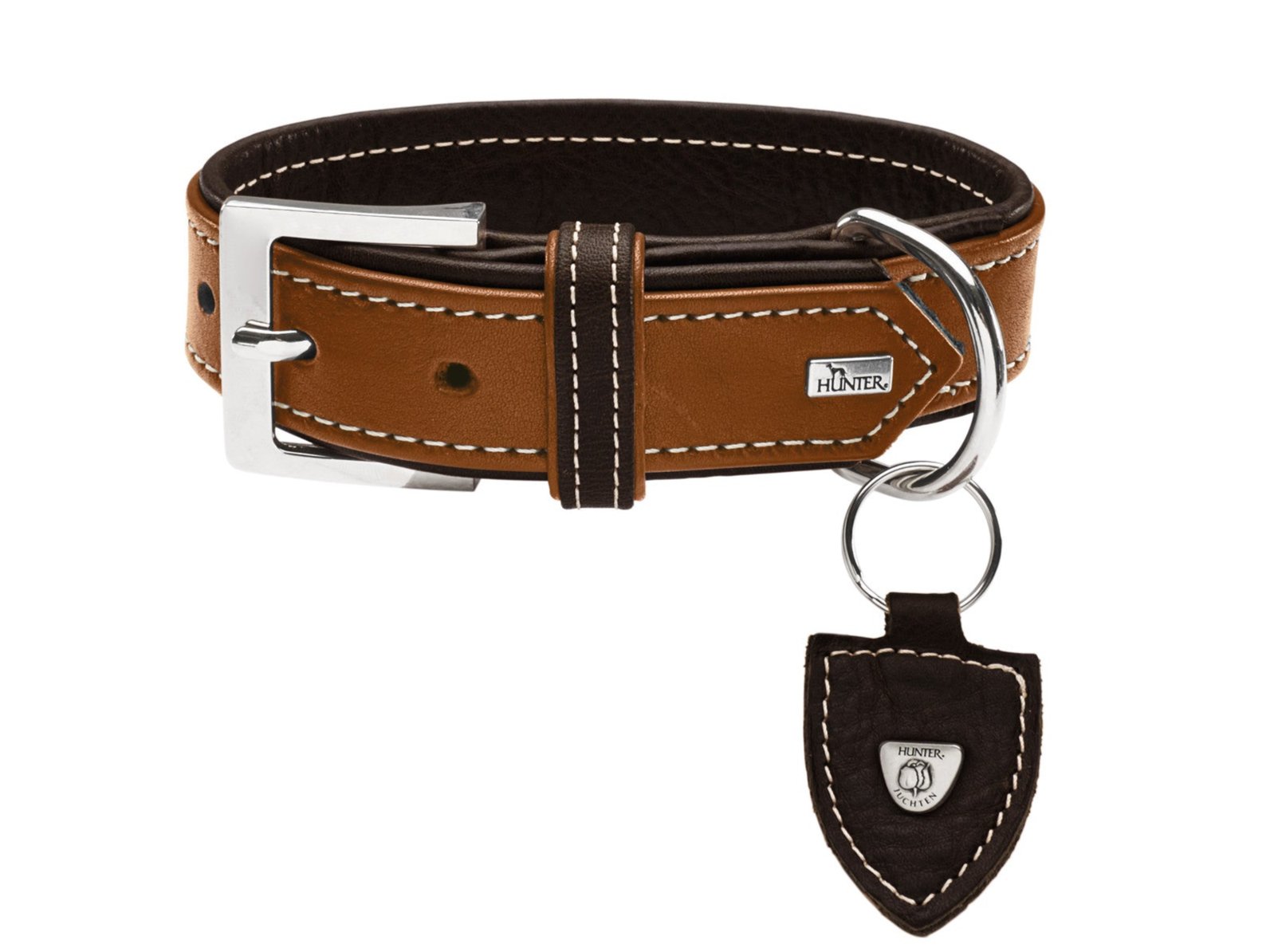Why the "back to school" time is rough for your dog?
As your child heads back to the classroom, consider that your pet may have grown attached to having its owner with them all the time. As they start to not be home all the time this can cause your dog to experience separation anxiety.
Here is what to do to ease it or prevent it, so you can feel ok leaving your home without worrying that your pet will bark the entire time you’re gone, destroy the house, or worse, hurt themselves.

One of the most common complaints of pet parents is that their dogs are disruptive or destructive when left alone. Their dogs might urinate, defecate, bark, howl, chew, dig or try to escape. Although these problems often indicate that a dog needs to be taught polite house manners, they can also be symptoms of distress. When a dog’s problems are accompanied by other distress behaviors, such as drooling and showing anxiety when his pet parents prepare to leave the house, they aren’t evidence that the dog isn’t house trained or doesn’t know which toys are his to chew. Instead, they are indications that the dog has separation anxiety. Separation anxiety is triggered when dogs become upset because of separation from their guardians, the people they’re attached to. Escape attempts by dogs with separation anxiety are often extreme and can result in self-injury and household destruction, especially around exit points like windows and doors.
Some dogs suffering from separation anxiety become agitated when their guardians prepare to leave. Others seem anxious or depressed prior to their guardians’ departure or when their guardians aren’t present. Some try to prevent their guardians from leaving. Usually, right after a guardian leaves a dog with separation anxiety, the dog will begin barking and displaying other distress behaviors within a short time after being left alone—often within minutes. When the guardian returns home, the dog acts as though it’s been years since he’s seen his mom or dad!
When treating a dog with separation anxiety, the goal is to resolve the dog’s underlying anxiety by teaching him to enjoy, or at least tolerate, being left alone. This is accomplished by setting things up so that the dog experiences the situation that provokes his anxiety, namely being alone, without experiencing fear or anxiety.

Provide Plenty of “Jobs” for Your Dog to Do
Providing lots of physical and mental stimulation is a vital part of treating many behavior problems, especially those involving anxiety. Exercising your dog’s mind and body can greatly enrich his life, decrease stress and provide appropriate outlets for normal dog behaviors. Additionally, a physically and mentally tired dog doesn’t have much excess energy to expend when he’s left alone. To keep your dog busy and happy, try the following suggestions:
Give your dog at least 30 minutes of aerobic activity (for example, running and swimming) every day. Try to exercise your dog right before you have to leave him by himself. This might help him relax and rest while you’re gone.
Play fun, interactive games with your dog, such as fetch and tug-of-war.
Take your dog on daily walks and outings. Take different routes and visit new places as often as possible so that he can experience novel smells and sights.

If your dog likes other dogs, let him play off-leash with his canine buddies.
Frequently provide food puzzle toys. You can feed your dog his meals in these toys or stuff them with a little peanut butter, cheese or yogurt. Also give your dog a variety of attractive edible and inedible chew things. Puzzle toys and chew items encourage chewing and licking, which have been shown to have a calming effect on dogs. Be sure to provide them whenever you leave your dog alone.
Make your dog “hunt” his meals by hiding small piles of his kibble around your house or yard when you leave. Most dogs love this game!
Get involved in dog sports, such as agility, freestyle (dancing with your dog) or flyball.









Leave a comment